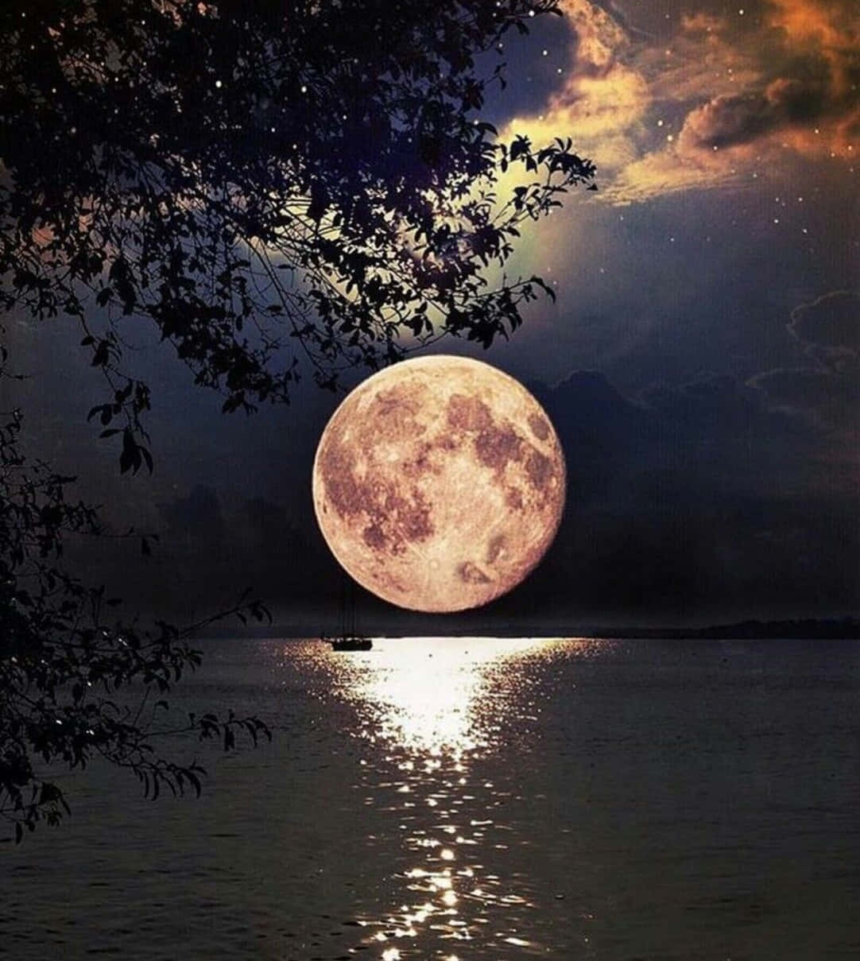In the quiet moments of a clear night, the phrase “The Moon is beautiful, isn’t it?” might seem like a mere appreciation of the night sky’s splendour. Yet, this seemingly simple statement holds layers of meaning that transcend its surface interpretation. This exploration delves into this phrase’s historical, cultural, and emotional depths, uncovering its origins, use in literature and conversation, and the profound emotions it evokes.

Origins and Cultural Significance
The phrase “The Moon is beautiful, isn’t it?” traces back to the Japanese expression “Tsuki ga kirei desu ne?” which can be translated as “the moon is beautiful, isn’t it?” Renowned Japanese writer Natsume Soseki popularised this phrase in the early 20th century. Soseki, a scholar of British literature and a pivotal figure in modern Japanese literature, transformed how emotions were expressed in Japanese from a Western perspective.
Soseki reportedly advised his students that direct expressions of love, common in Western literature, did not suit the Japanese aesthetic or emotional expression. Instead, he suggested conveying deep emotions through more subtle and indirect expressions. He proposed that saying “The Moon is beautiful, isn’t it?” could effectively express the sentiment of “I love you” in a manner more befitting the Japanese context. This adaptation was not merely a linguistic exercise but a profound commentary on the nature of Japanese sensibilities, which often value implication and understatement.

Literary Use and Interpretation
Following Soseki’s adoption, the phrase began to appear more frequently in literature, embodying a distinctively Japanese approach to conveying emotion. Writers and poets adopted this nuanced form of expression, weaving it into their narratives and poetry to communicate deep feelings and pivotal moments without explicit statements. This method of communication is deeply intertwined with the concept of ‘yugen,’ a crucial idea in Japanese aesthetics that refers to the subtle and profound grace of things that are only suggested and not fully revealed.
The power of this phrase in literature lies in its ability to convey a shared understanding between the characters and, by extension, between the author and the reader. It suggests a communion beyond words, where the moon’s beauty becomes a conduit for deeper connections—often those of love, longing, or even shared solitude. In analyzanalyzingary works that utilise expression, readers usually find a reflection on the human condition, the unspoken bonds between people, and the universal beauty that unites us.

Emotional and Psychological Dimensions
“The Moon is beautiful, isn’t it?” also opens a window into the emotional and psychological landscapes of those who use it. Psychologically, the indirectness of this expression can serve as a protective layer, shielding the speaker’s vulnerability. In expressing feelings indirectly, the speaker may feel less exposed and more in control, especially in a culture that prioritises harmony and maintaining face over individual expression.

Emotionally, the phrase can evoke a sense of nostalgia, melancholy, or peace, depending on the context in which it is used. For some, it might bring back memories of past loves or moments of solitude. For others, it may serve as a moment of connection with someone else, a silent acknowledgement that they are not alone in their appreciation of the moment or their feelings.
The Moon in Various Cultural Contexts
While the specific expression “The Moon is beautiful, isn’t it?” is rooted in Japanese culture, the moon has been a significant figure in many cultures’ mythologies and artistic expressions. The moon can represent change, desire, renewal, or mystery in these contexts. Exploring how different cultures perceive the moon can enrich our understanding of this phrase and the moon’s universal appeal as a symbol.
For instance, in Western poetry and song lyrics, the moon often appears as a witness to lovers’ meetings or a symbol of romantic longing. In Chinese poetry, the moon might be a companion to the lonely scholar or a symbol of the unattainable. Each of these interpretations and uses adds layers to our understanding of the moon’s beauty and evocative power in human culture.

Conclusion: The Lingering Impact
“The Moon is beautiful, isn’t it?” is much more than a statement about the lunar landscape. It is a phrase rich with historical depth, emotional weight, and cultural significance. As we ponder the moon’s beauty, we are also invited to explore the depths of our own emotions and the complexities of human expression. Whether used as a poetic device, a psychological shield, or a cultural reference, this phrase encourages a deeper engagement with the world around us and the people with whom we share it.








